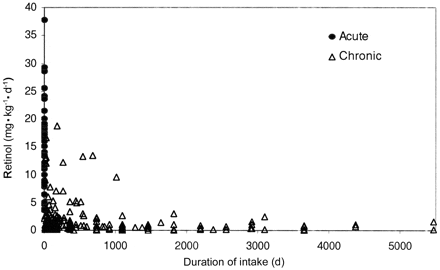interesting I thought choline is vitamin B8,Choline.
whereas b3 and b4 are both niacin, like b3 is niacin, but b4 is niacinamide or nicotinamide riboside
there is even PABA, which I think is considered b10 or b15... and some others like even inositol maybe considered a B...
"Unsaturated aldehydes are highly reactive towards cysteine residues which form adducts and inactivate several key mitochondrial enzymes such as glutathione S-transferase, glyceraldehydes 3-phosphate dehydrogenase, etc. and cytoskeletal proteins, energy metabolism proteins which cause cardiac contractile dysfunction (Bhatnagar 2006; LoPachin and Gavin 2014)."
- The retinoic acid receptor drives neuroinflammation and fine tunes the homeostasis of interleukin-17-producing T cells
- Generation of Retinaldehyde for Retinoic Acid Biosynthesis
is there any way to know how a given vitamin or mineral affects things like the catalase enzyme, glutathione levels, hydrogen peroxide levels? like iodine promotes peroxide, but im wondering how things like chromium or some of the b vitamins or zinc affect catalase and peroxide and glutathione.. or vitamin d, k, c, e, A, etc... i think you mentioned vitamin K stresses the glutathione system...

